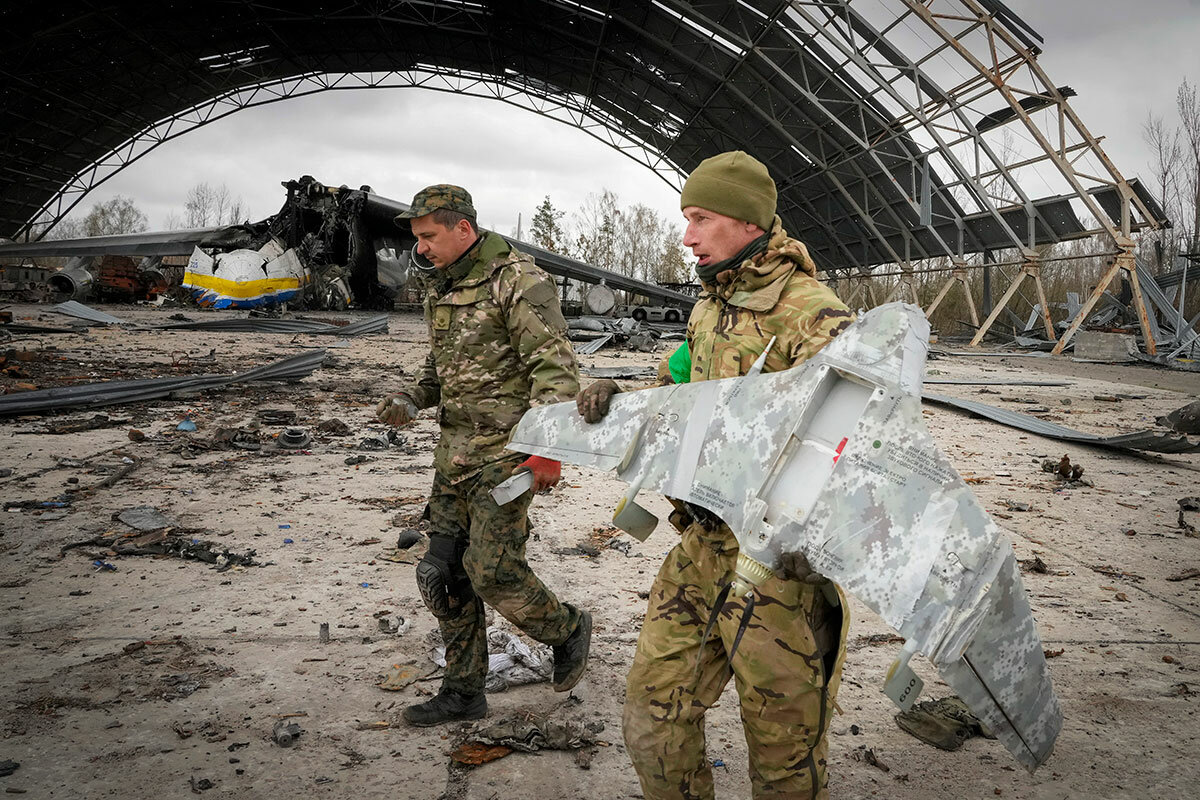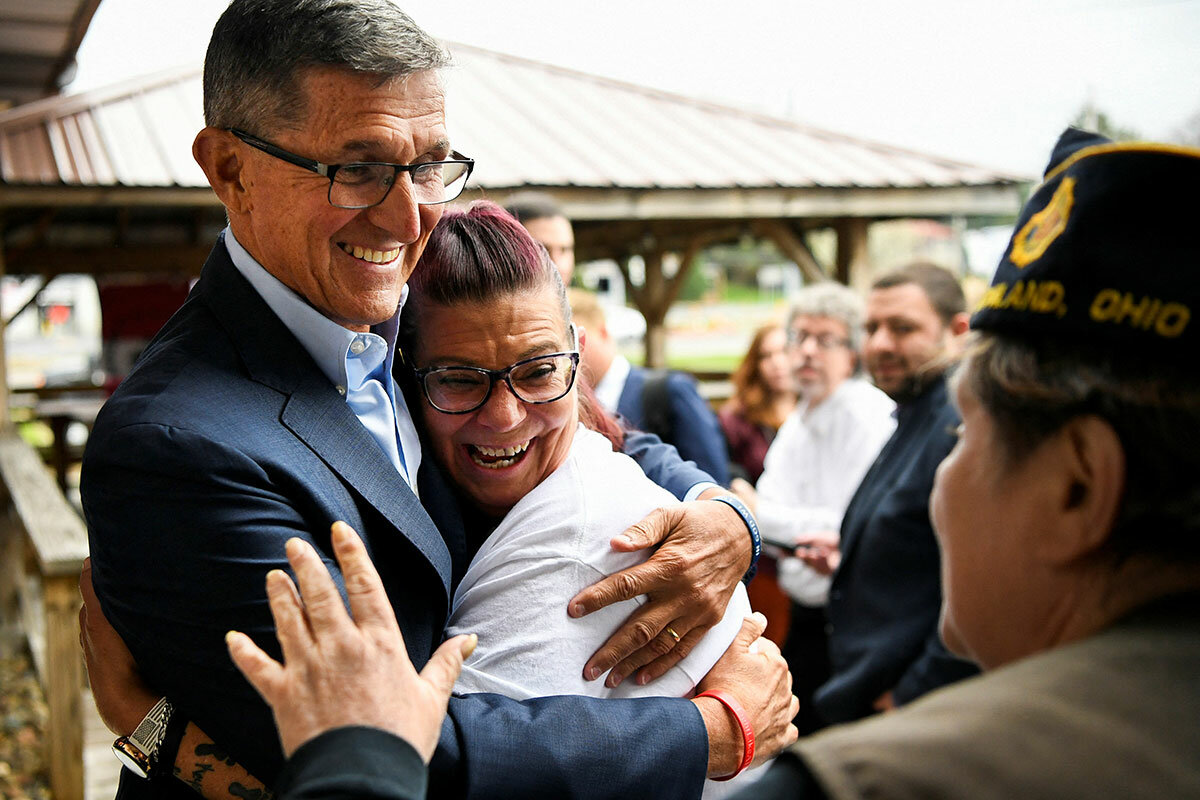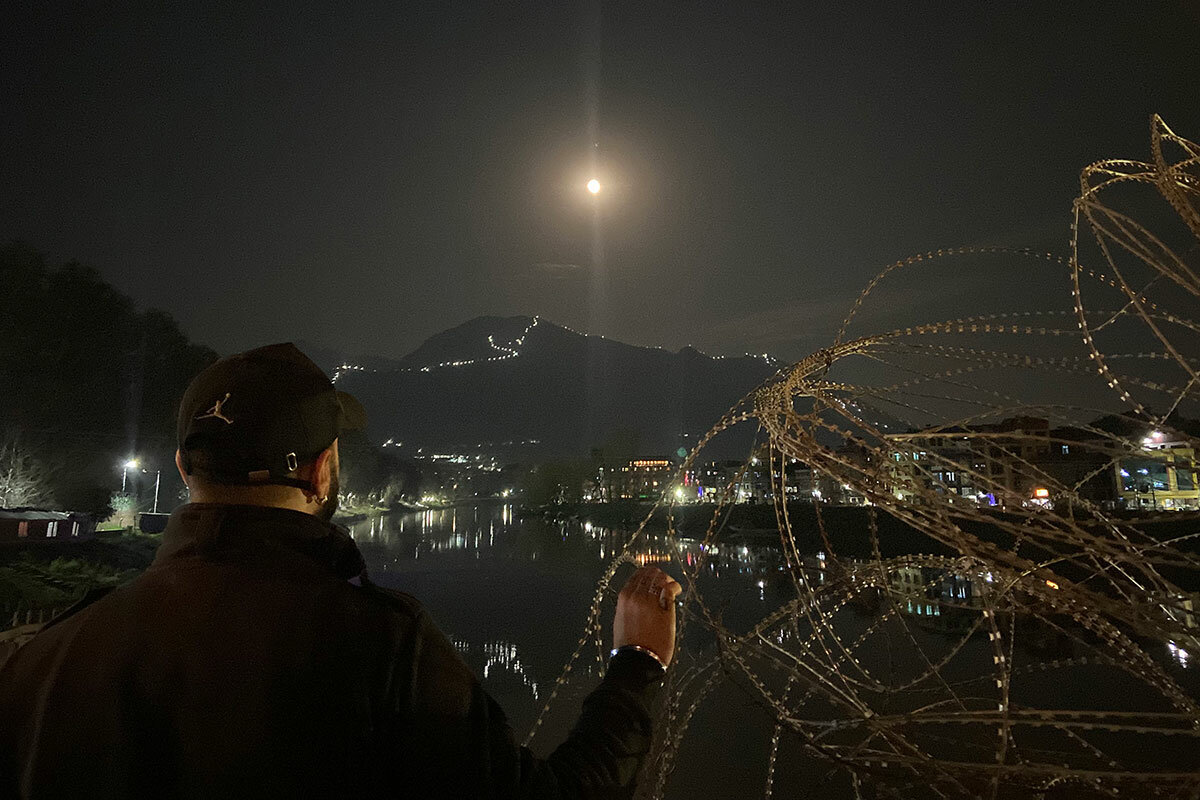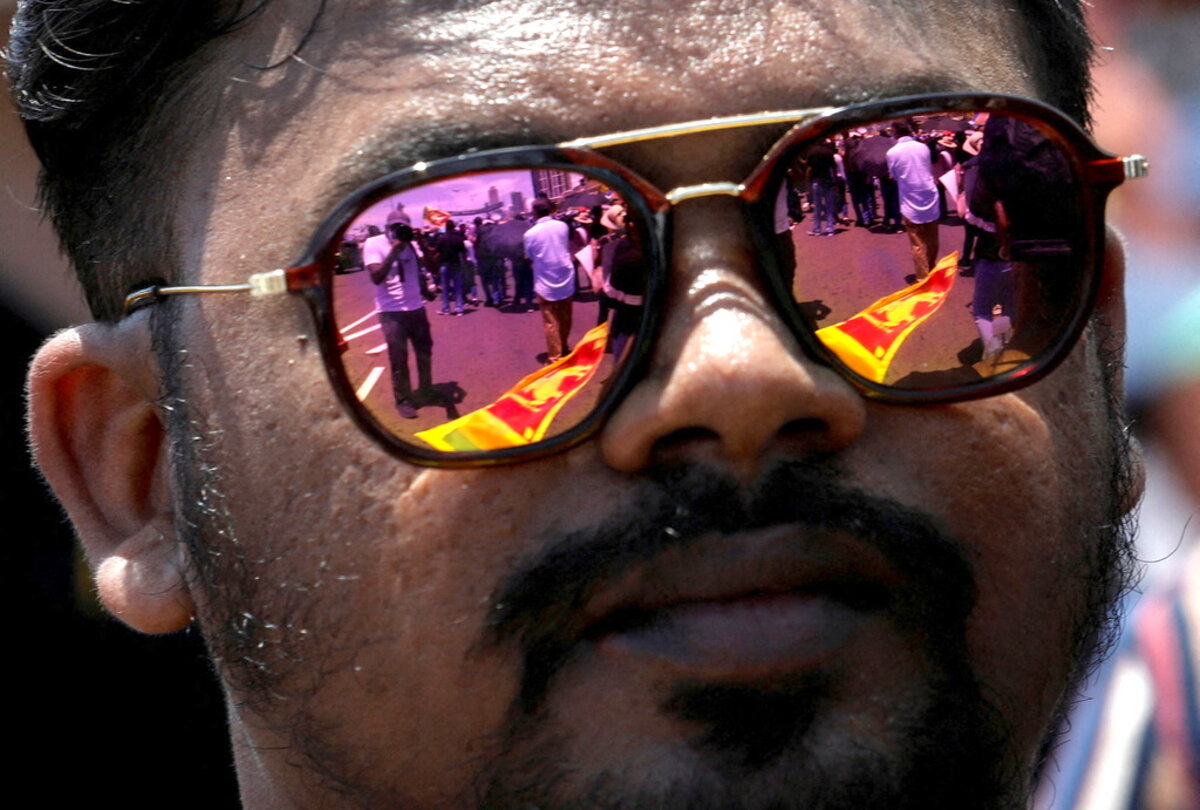In recent years, Germany has made strong and sometimes difficult moves in an attempt to act morally. But the Ukraine war offers unique challenges for a pacifist nation that has long sought to engage Russia.
Monitor Daily Podcast
- Follow us:
- Apple Podcasts
- Spotify
- RSS Feed
- Download
 Mark Sappenfield
Mark Sappenfield
Diagnosing what ails the United States has become something of a cottage industry, with everyone offering their opinions and solutions. Anyone who has read my columns will know I have been as guilty as anyone. But something shared with me by a colleague made such an impression, I couldn’t help but highlight it.
This is a recording of United States Chief Justice John Roberts bidding farewell to his retiring colleague, Justice Stephen Breyer, whose last day on the bench was yesterday. The audio clip is only one minute long, and I’d strongly encourage you all to listen.
Chief Justice Roberts is a man whose actions have repeatedly shown a deep desire to find common ground on the court. His decisions have sometimes confounded expectations from an apparent desire to locate some vanishing space between partisan poles. Again and again, he has sought to do everything in his power to prevent the court from becoming an expression of the nation’s divided politics.
But it was in his farewell to Justice Breyer that something even deeper came to the surface. It did not matter that, ideologically speaking, Chief Justice Roberts and Justice Breyer often disagreed. In the trembling of Chief Justice Roberts’ voice was a genuine love for a man who, though often in the minority over the course of his 28 years, held to his ideals, his sense of humor, and his firm belief in the court’s independent role. The affection made the rifts of partisanship seem small.
Nearly 250 years into the American experiment, yesterday’s recording is a warning and a spark of hope. The strength of American democracy could well depend on whether the nation at large can find that spirit of fellowship so beautifully expressed by Justices Roberts and Breyer, which gives a diverse and divided nation its essential unifying force.










